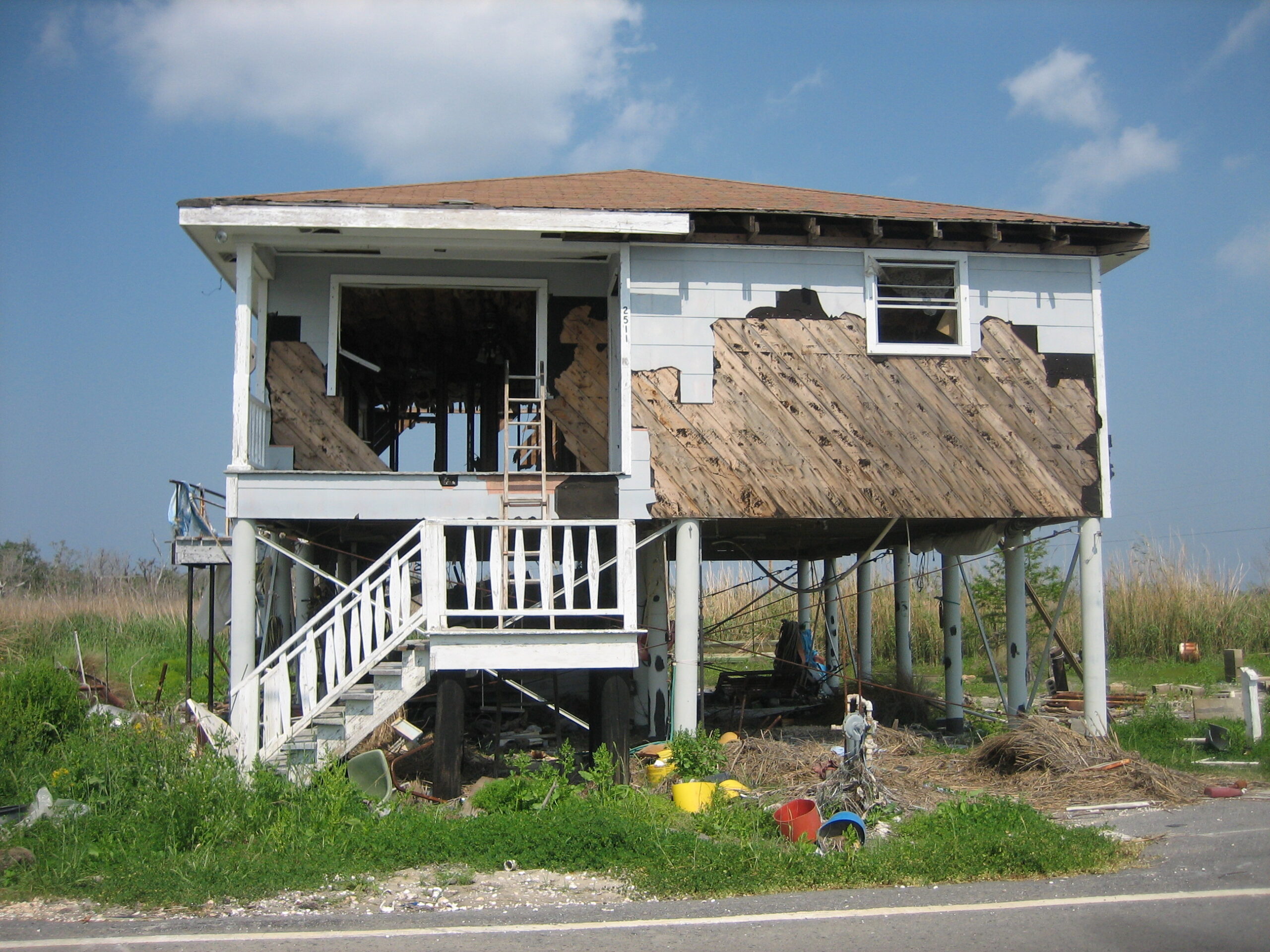SDGs in Jeopardy Without Better Understanding of Disasters
What does the effort to reduce poverty have to do with disaster philanthropy? For many, very little. Over the last few decades we have seen substantial funding from governments, multi-lateral organizations, corporations, and foundations invested in a variety of international aid programs. Funding for disaster-related activities, on the other hand, has been sporadic and episodic. […]
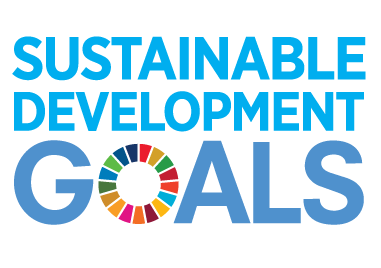
What does the effort to reduce poverty have to do with disaster philanthropy?
For many, very little.
Over the last few decades we have seen substantial funding from governments, multi-lateral organizations, corporations, and foundations invested in a variety of international aid programs.
Funding for disaster-related activities, on the other hand, has been sporadic and episodic.
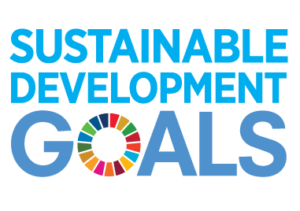
In 2015, the international community led by the United Nations –with input from many important American foundations and NGOs – agreed on 17 sustainable development goals (SDGs) to end poverty, protect the planet and ensure prosperity for all in an effort to bring more focus and a coordinated approach. Much time and attention has been devoted to the SDGs since, although I would observe probably still not nearly enough money.
At a recent conference, a United Nations official made this startling observation: “It’s inconceivable that we’ll achieve the SDGs if we don’t get a handle on reducing disaster risk, including climate risk,” said Robert Glasser, the Special Representative of the Secretary-General for Disaster Risk Reduction.
In an interview with UN News, Glasser notes: “Not only have millions and millions of people lost their lives in disasters, but the economic cost of disasters in terms of foregone development opportunities has been absolutely enormous.” Glasser concludes, “If we look at our humanitarian emergencies that are increasingly destructive and costly and you see that the international community is struggling to allocate funding to deal with these, if all we do is react, we will never be able to meet the need.”
That last point really caught my attention: “… if all we do is react…” In fact, isn’t that what most foundations and corporations are doing when it comes to disaster philanthropy?
CDP’s most recent State of Disaster Philanthropy report found that the majority of total funding (73 percent) from large foundations targeted immediate response and relief efforts. Resilience, risk reduction, and preparedness lagged far behind slightly more than 10 percent of all foundation giving. The numbers are clear: We can no longer afford to wait for disaster to strike to begin to act. Philanthropy’s current crisis-driven, episodic approach to disaster-related giving is insufficient and unsustainable.
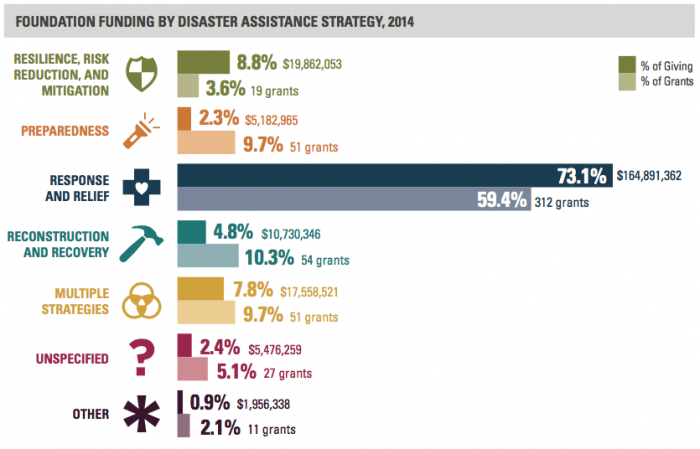
A place to start in re-thinking your approach to disaster-related philanthropy is to review the State of Disaster Philanthropy data on who is giving, to what organizations, and for what purposes. Two publicly available online resources accompany the report. The Measuring the State of Disaster Philanthropy dashboard allows online visitors to interact with aggregated 2014 data, with the ability to filter results by disaster type, disaster assistance strategy, and geographic area. The Measuring the State of Disaster Philanthropy mapping platform provides grant and project level details from each data source.
The data can help you develop a plan that looks more comprehensively at disasters and makes the connections to your organization’s SDGs. It’s this simple: If your grantmaking includes helping vulnerable populations, it needs to include what you plan to do before, during, and after natural disasters.
CDP’s Regine Webster co-authored a paper for the World Humanitarian Summit that concluded with this particularly pertinent observation: “arguably the most important contribution of the Summit is how it can help shift the conversation from one singularly focused on how philanthropy responds to disasters to one about how philanthropy can invest in efforts designed to prevent recurrent and predictable disasters always becoming events associated with huge suffering.”
More like this
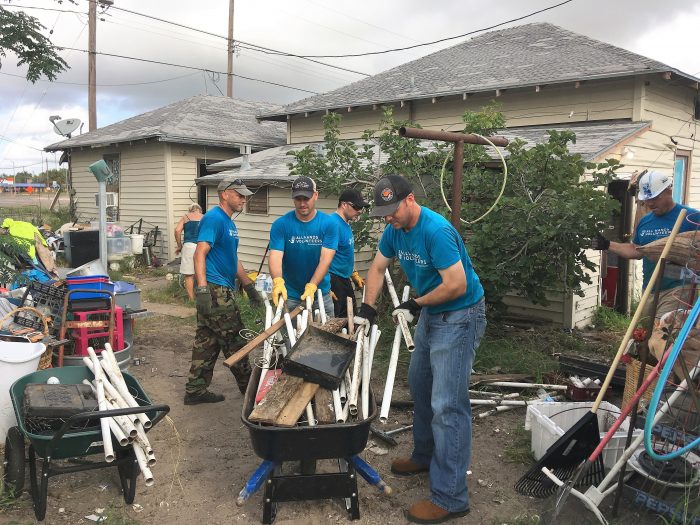
Hurricane Harvey Recovery: One Year Later
